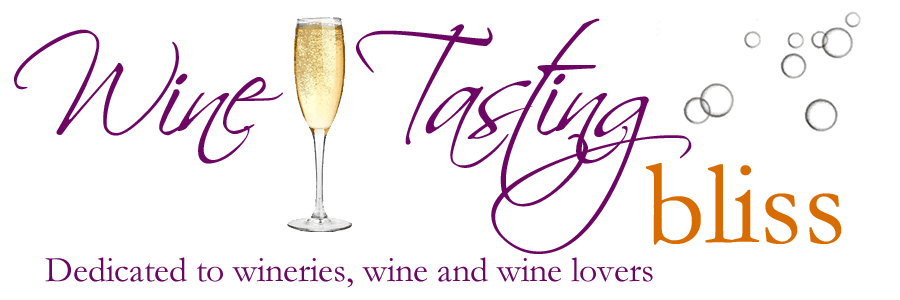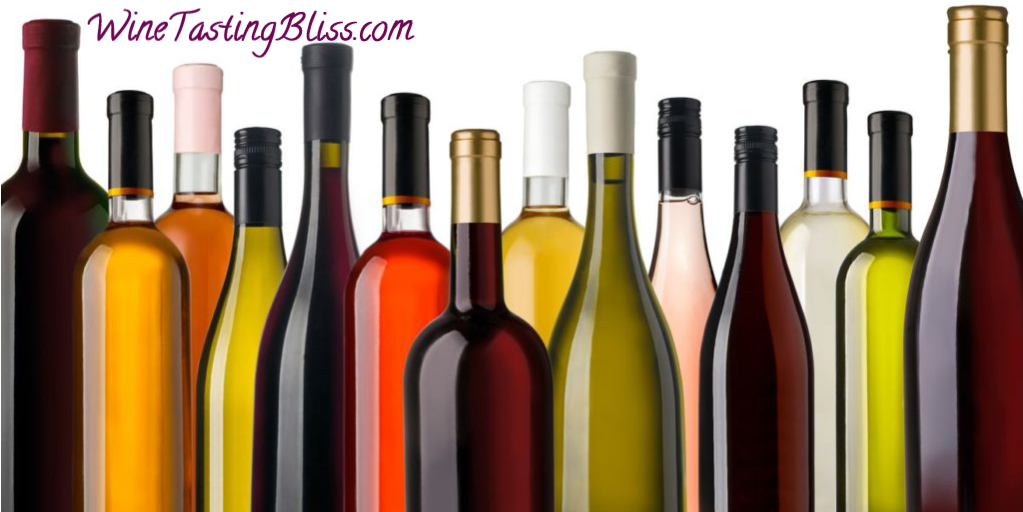2020 has certainly turned out to be a year like no other! COVID-19 impacted every facet of daily life, including the production and the consumption of wine. Here are some of the highlights (and otherwise) of the year in wine.
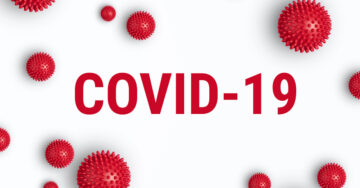 As the year began, it was impossible to foresee the global impact of COVID-19 on our daily lives. What seemed at first to be an isolated medical curiosity quickly became everyone’s daily obsession. Who could have predicted that wearing a mask and avoiding personal contact would become so ingrained into our cultural norms? “Sheltering in Place” and “Social Distancing” upended our normal behaviors, including our beloved wine making and wine drinking.
As the year began, it was impossible to foresee the global impact of COVID-19 on our daily lives. What seemed at first to be an isolated medical curiosity quickly became everyone’s daily obsession. Who could have predicted that wearing a mask and avoiding personal contact would become so ingrained into our cultural norms? “Sheltering in Place” and “Social Distancing” upended our normal behaviors, including our beloved wine making and wine drinking.
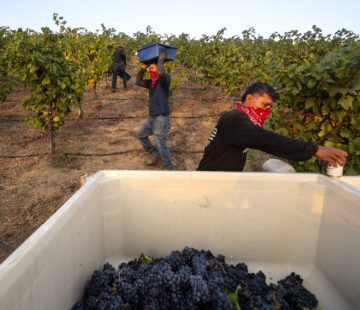 While tending and pruning vineyards can be a solitary activity, harvesting, crushing and processing the grapes becomes much more difficult when observing the safety protocols demanded by COVID-19. These activities fall during the heat of summer, and wearing the personal protective equipment exacerbates an already uncomfortable day of processing grapes. The virus does not respect harvest schedules or approaching rains, and can flatten an entire crew of pickers if proper procedures fail to keep everyone safe.
While tending and pruning vineyards can be a solitary activity, harvesting, crushing and processing the grapes becomes much more difficult when observing the safety protocols demanded by COVID-19. These activities fall during the heat of summer, and wearing the personal protective equipment exacerbates an already uncomfortable day of processing grapes. The virus does not respect harvest schedules or approaching rains, and can flatten an entire crew of pickers if proper procedures fail to keep everyone safe.
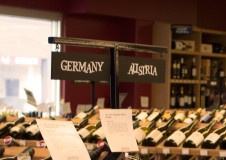 Sheltering in place and the wide-spread closure of businesses also had a profound impact on wine consumption. Without celebrations, weddings, anniversaries, and birthday parties, the typical mainstays of wine (especially sparkling) were wiped out. Even wine shopping transformed from a leisurely stroll through aisles of intriguing wine labels to a frightening experience better reserved for a disaster movie. Sales of toilet paper skyrocketed while the sales of wine plunged.
Sheltering in place and the wide-spread closure of businesses also had a profound impact on wine consumption. Without celebrations, weddings, anniversaries, and birthday parties, the typical mainstays of wine (especially sparkling) were wiped out. Even wine shopping transformed from a leisurely stroll through aisles of intriguing wine labels to a frightening experience better reserved for a disaster movie. Sales of toilet paper skyrocketed while the sales of wine plunged.
 Many wine growing regions of France enjoyed a great year in the vineyards, including Alsace, Bordeaux, Burgundy, Champagne, Loire, and the Rhone. If only demand was enjoying the same growth! The CIVC in France, responsible for managing the production of champagne, reacted to this sharp drop in anticipated demand by slashing 2020 harvest allocations. On average, French champagne houses will produce about 25% less of their bubbly delights this year as they attempt to avoid a market crash. About 100 million fewer bottles of champagne were ordered in the “early” markets. Other French wines saw similar pull-backs. The only positive aspect of this reduction in volume is the expected increase in quality as winemakers can be extremely selective in the fruit that they choose. The United States seems to be one bright spot for wine and champagne sales, with champagne in particular up about 73% over last year. The U.S. market is also showing a trend toward higher-end wines as people chose to pay more for a bottle of better wine.
Many wine growing regions of France enjoyed a great year in the vineyards, including Alsace, Bordeaux, Burgundy, Champagne, Loire, and the Rhone. If only demand was enjoying the same growth! The CIVC in France, responsible for managing the production of champagne, reacted to this sharp drop in anticipated demand by slashing 2020 harvest allocations. On average, French champagne houses will produce about 25% less of their bubbly delights this year as they attempt to avoid a market crash. About 100 million fewer bottles of champagne were ordered in the “early” markets. Other French wines saw similar pull-backs. The only positive aspect of this reduction in volume is the expected increase in quality as winemakers can be extremely selective in the fruit that they choose. The United States seems to be one bright spot for wine and champagne sales, with champagne in particular up about 73% over last year. The U.S. market is also showing a trend toward higher-end wines as people chose to pay more for a bottle of better wine.
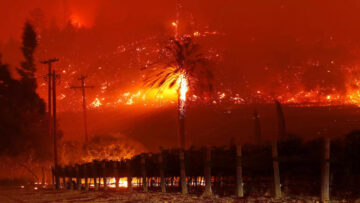 Challenges to the wine community were not limited to COVID-19. Hot weather and high winds, even unseasonable lightening storms, came together to trigger massive wildfires across the wine growing regions of Washington, Oregon, and California. Wineries struggled to harvest early as grapes matured quickly, and fires advanced on every side. A number of wineries were destroyed by fire, while many others were evacuated during this critical time in the winemaking schedule. Grapes still in the vineyard as the fires raged were covered in smoke and ash, leaving a “smoke taint” that may have an impact on the resulting wine.
Challenges to the wine community were not limited to COVID-19. Hot weather and high winds, even unseasonable lightening storms, came together to trigger massive wildfires across the wine growing regions of Washington, Oregon, and California. Wineries struggled to harvest early as grapes matured quickly, and fires advanced on every side. A number of wineries were destroyed by fire, while many others were evacuated during this critical time in the winemaking schedule. Grapes still in the vineyard as the fires raged were covered in smoke and ash, leaving a “smoke taint” that may have an impact on the resulting wine.
So let us all raise a glass to everyone who is helping us get through this incredibly challenging year. We plan to cellar quite a bit of the 2020 vintage wines to accompany the stories that we will tell our descendants. Cheers, and stay safe!
About the Author: John grills a mean steak and is always in the market for another wine fridge. Believes that if a winery has more than 10 employees, it's probably too big. Buys wine faster than he drinks it, but who cares?
